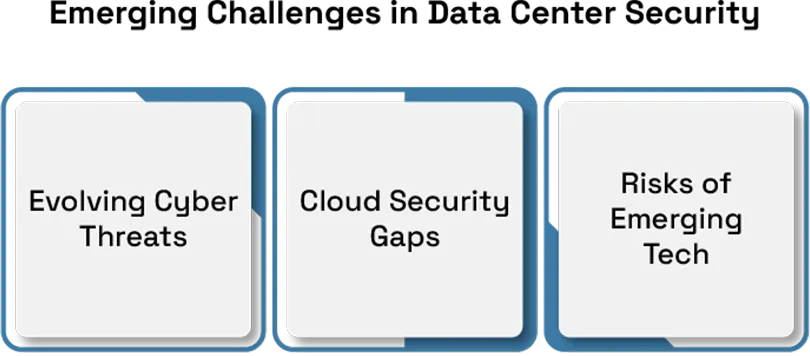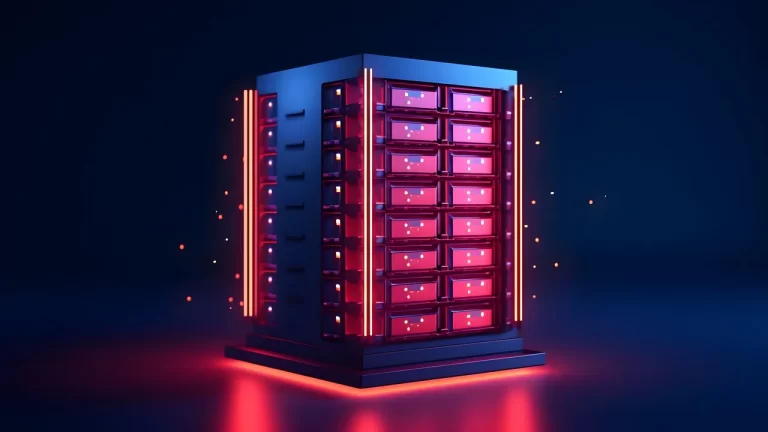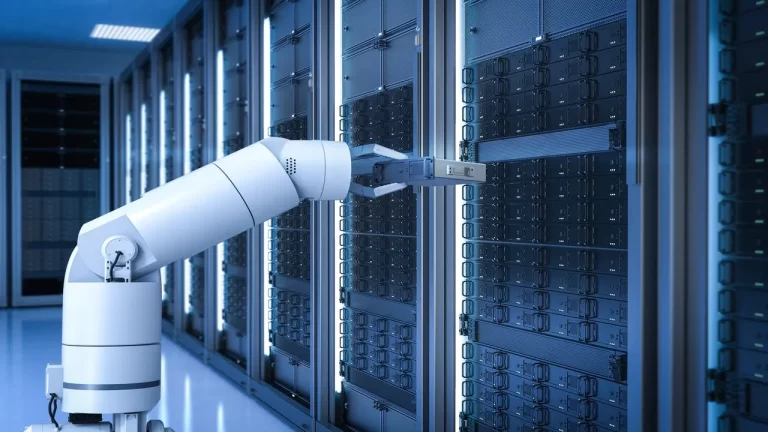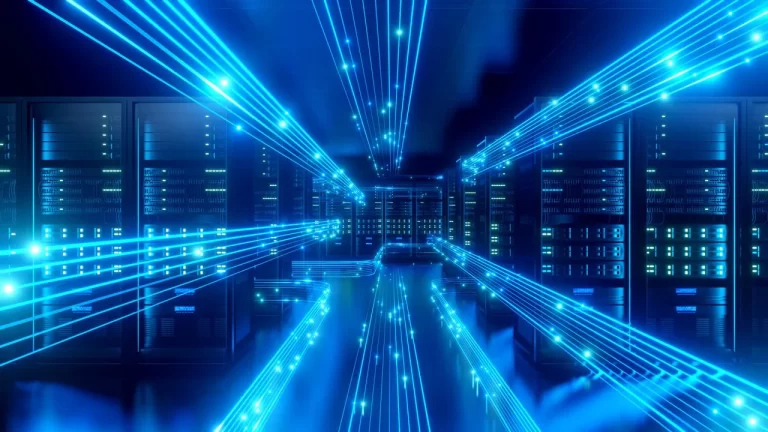Since businesses grow their digital use, the requirement for safe, resilient data centers reaches its highest point to date. Organizations that depend on the network for critical data storage & processing must now navigate increasing cyber threats for the protection of their data centers’ security.
Emerging Challenges in Data Center Security
Data center security faces its main challenge from increasing cyber threats in modern times. Data center networks remain vulnerable to attack methods, which cyber criminals improve in real time while searching for network weaknesses. Cloud data centers, together with colocation facilities, experience multiple severe risks, including ransomware attacks, distributed Denial of Service attacks & insider threats, which threaten their safety. Organizations must deploy modern security services that track the latest threats in the changing threat environment.
Another important challenge is compliance & the increasing number of rules that should follow organizations. Governments around the world are improving the rules about data center operations. Organizations must allocate funds to powerful security protocols that address GDPR standards alongside CCPA requirements & ISO 27001 protocols. Failure to follow these standards will result in both substantial financial fines & damage to the business’s reputation.
Apart from cyber threats, there are also physical safety risks to consider. Unauthorized access to server colocation facilities or network server racks can endanger significant systems. To reduce these risks, organizations should apply measures including biometric authentication, monitoring cameras & strict access controls to make sure that only authorized personnel can enter sensitive areas only.
As more organizations go into cloud and hybrid environments, security becomes more difficult. The managing of on-premise & public cloud data centers requires advanced danger monitoring & effective identification management. Ensuring frequent security in these various environments is the top priority for many businesses
Finally, there is a challenge in balancing sustainability with security. Many organizations are accepting the initiative of the Green Data Center to minimize energy usage. The new cooling technique & energy-saving network can create security gaps if not properly managed. Finding a way to maintain strong safety measures while carrying forward sustainability goals is a challenge that organizations should address.

Best Practices for Securing Data Centers
One of the most effective ways to secure cloud computing data centers is to apply zero-trust architecture. This model requires that every user, device & application are verified before they reach the server. The strategy to rely on no defaults helps to minimize both internal risks as well as unauthorized access through its mechanism to strengthen total data center security.
Another important practice is the use of multi-factor authentication. The requirement of many forms of verification for system administrators & access to significant networks, MFA adds an additional layer of security. This significantly minimizes the possibility of obtaining access to someone through the credibility of theft, which is particularly important in public cloud data centers.
Network partition is also an important strategy to increase security within data centers. By dividing the network into small segments, it becomes difficult for the attackers to move later if breach occurs. This method limits exposure & separates any compromised areas, which helps reduce the overall impact of potential cyber attacks, especially in hypersscale cloud computing data centers.
Including AI & machine learning in safety measures can greatly improve the defense of the data center. AI-based equipment can detect the dangers in real time and respond, allowing the operation to be more flexible against sophisticated attacks. These technologies improve safety analytics and automate reactions, allowing more effective defense against cyber hazards in the data center cloud network.
Conducting regular security audit checks is important for maintaining a secure environment. Frequent audits help to make sure that the data center network management adheres to industry standards & rules. Security teams should perform penetration testing & vulnerability assessments to identify and fix any potential security gaps before they can be exploited, ensuring proactive methods to security management in the evolving landscape of data center industry trends.
Future Trends in Data Center Security
Cloud computing data centers keep developing, which requires new safety measures because edge data centers have grown in number. These small features located close to the users require unique safety strategies to suit their specific requirements. Distributed systems benefit from endpoint detection & response (EDR) services which provide protection to every section of data center infrastructure management.
Blockchain technology now acts in the data center sector by creating an advanced data security system. Blockchain technology creates permanent transaction records that increase confidence levels among users who store data inside cloud-based data facilities. The technology continues to riincrease in importance because it secures public cloud data centers & validates the operation of data center cloud networks.
Artificial Intelligence is also playing an important role in improving data center security. AI-based tools can analyze data to identify possible threats, resulting in fast reactions to events. By using developing analytics, these systems can present possible security issues even before increasing the overall reliability of Cloud computing centers.

The technology is on the quantum computing horizon in the form of advances, which face new challenges for data security. Traditional encryption methods may not be strong enough to protect sensitive information from quantum attacks. Therefore, cloud provider data centers will need to implement post-quantum encryption designed to with stand the capabilities of quantum computers, ensuring the safety of data transmitted across networks.
Large hyperscale cloud computing data centers now control access through improved biometric authentication systems & behavioral analytical techniques. The combination of advanced security technologies allows authorized personnel entry into controlled spaces while their unique characteristics or behavioral patterns evaluate access permission. The current market trends create an urgent necessity for modern security services in data centers because they recognize the importance of sustainable data centers alongside evolving trends in the data center industry trends.
Conclusion
The future of data center security is growing fastly, with new challenges & advanced services shaping the market. Organizations should stay forward by accepting workload-balanced, AI-based analytics & strong rules. Investing in security will make sure a flexible, future-proof data center infrastructure for the coming years.







